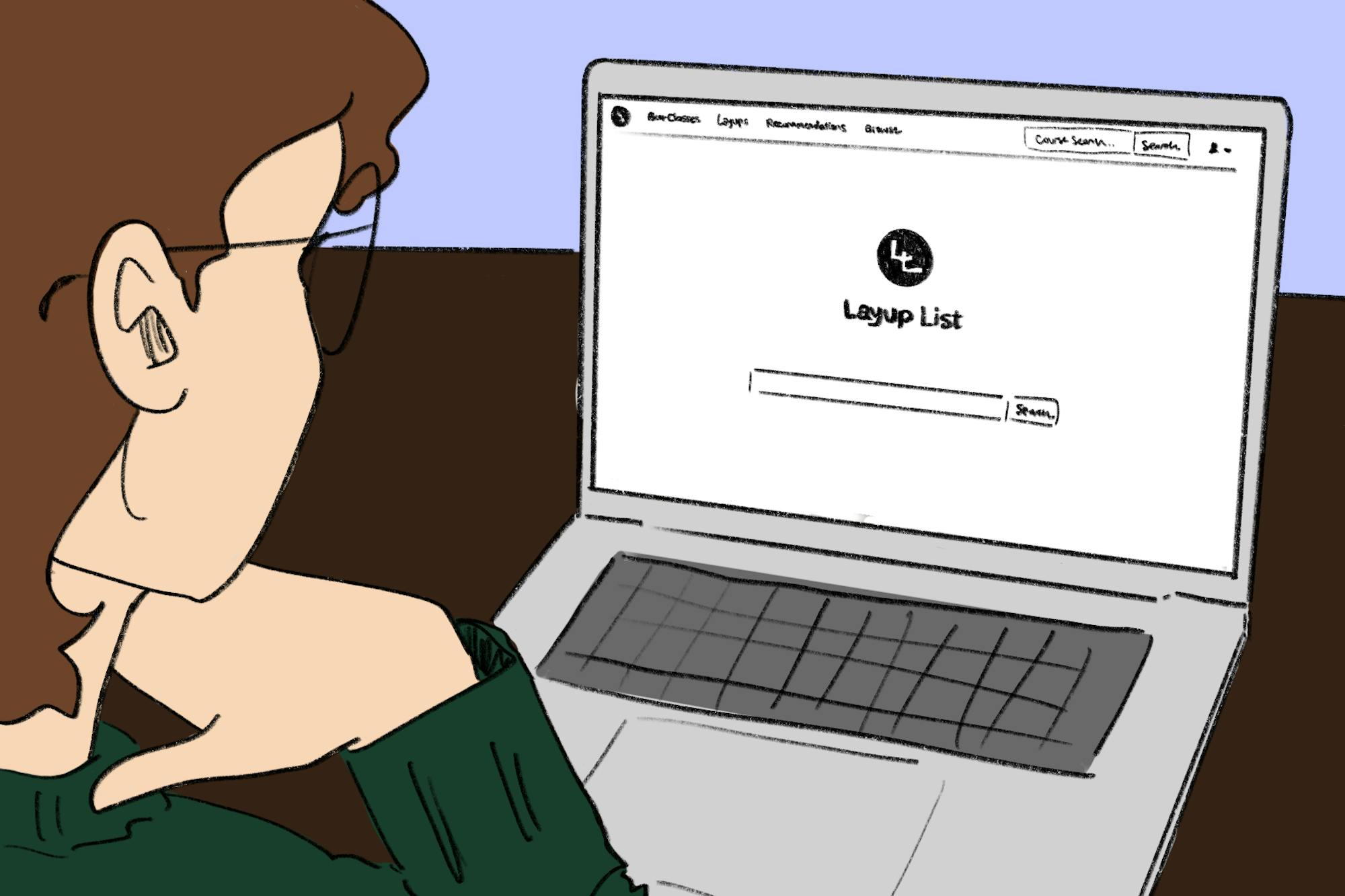At Dartmouth, where students have to juggle courses for their majors, minors and distributions, it’s common for them to want to lighten their termly course loads with a “layup” — a class considered to be relatively easy. In order to find “layups,” students have historically used the course assessment tool Layup List, a website where peers can evaluate courses by leaving reviews of the professors who taught them. With Layup List, students can input their grade in a course, provide a review, indicate whether a course is “good” and vote on its “layup” status — in other words, whether or not it’s an easy A.
In its current form, Layup List has been an instrumental part of the Dartmouth community since 2015 — but the website has been noticeably absent during the 2023-2024 academic year. Freshmen like myself have been unable to create an account or see past reviews, and sophomores, juniors and seniors are unable to access some of the website’s other functions, including the “Best Classes” and “Recommendations” pages.
Daniel Chen ’26 said that Layup List has been essential to him throughout his time at Dartmouth, and the loss of a consolidated list of class reviews has proven problematic.
“I use it almost every single time when deciding my classes … to find which professors I think I would match with [and] get a sense of what I should be prioritizing in the class,” Chen said.
By allowing anonymous reviews, Layup List provides a space for Dartmouth students to give their unbridled opinions about class formats, professors’ teaching styles and the general workload of a given course.
With no ability to create new accounts — and because students cannot access the site without them — freshmen have been forced to instead utilize login credentials from their upperclassmen friends. If a student has not built relationships with upperclassmen, they are at a disadvantage when it comes to being informed on class choices. Reva Gandhi ’27 said she found this past fall — before many freshmen had the chance to meet upperclassmen — particularly challenging for choosing classes.
“Especially in the fall … a lot of people didn’t know upperclassmen that had [access to] Layup List,” Gandhi said. “We were picking classes for the first time and didn’t even know what the average median of certain classes would be.”
Beyond accessibility concerns, the absence of freshmen users means Layup List is losing potentially valuable data from new students. Chen explained that he feels Layup List has decreased in popularity in the past year.
“I’ve seen less engagement, especially because there is now one fourth of the population on campus that is unable to access and create reviews,” he said.
Even upperclassmen are struggling to access Layup List. Cha Krupka ’25 noted that he has shifted away from relying on Layup List and toward outside sources, such as word of mouth.
“I haven’t really used it all that much lately, which is unfortunate,” Krupka said. “I feed off my friends now that it’s gone [and ask] what classes [they’ve] taken.”
An alternative to Layup List is the course assessment portal provided by the College, which compiles the evaluation forms that students are required to complete at the end of each term. The index allows students to review courses by responding to a series of questions.
However, Gandhi said that “the portal is incomplete” because not all professors share their course assessment results, adding that Layup List allows “students [to] give genuine opinions from a student perspective that doesn’t necessarily need to be run through the College.”
Part of Layup List’s inherent charm is its focus on student opinions and voices. Some students may feel more comfortable expressing their views on a course when the information is not passing directly through the College.
“I think because [Layup List is] student-run, many students feel that there will be no repercussions for how they want to review certain classes or how they want to review certain professors,” Chen said.
Gandhi agreed, adding that she thinks “the student-run aspect preserves [Layup List’s] authenticity, to some degree.”
Regardless of whether Layup List continues to be the primary source of course information at Dartmouth or is eclipsed by the course assessment portal or another evaluation, Krupka said that Dartmouth students must continue to collaborate and create an environment where students can make informed decisions during course registration.
“We need to get better as a community to do our part and help each other out,” Krupka said. “It definitely needs to come back. I miss it.”




